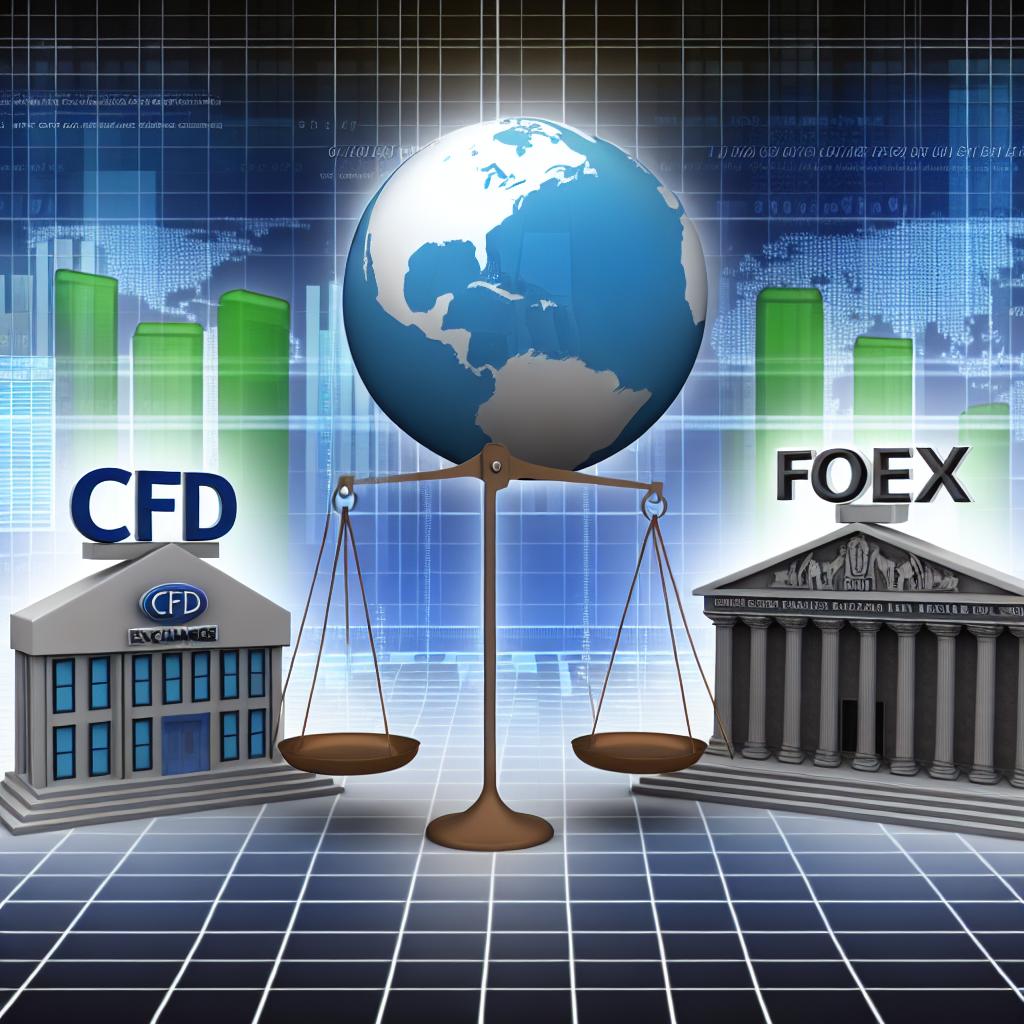Contract for Difference (CFD) trading has garnered significant interest among modern traders due to its unique ability to allow speculation on the price movements of diverse financial instruments without requiring the purchase of the actual asset. This versatility makes CFD trading particularly appealing. Whether you are interested in stocks, commodities, indices, or even cryptocurrencies, CFDs provide a platform to speculate on these instruments’ value fluctuations. The basic premise of CFD trading is the contractual agreement with a broker wherein you exchange the difference in value of an asset between the time you open your position and when you close it.
One of the most defining characteristics of CFD trading is its use of leverage. Leverage enables traders to control a large market position with a smaller amount of capital. While this can magnify potential profits, it simultaneously increases the potential for substantial losses, marking a high-risk aspect of this trading form. What sets CFDs apart from some other trading strategies is the lack of a fixed expiry date. This allows the trader the flexibility to close their position according to market conditions and personal strategies.
Key Features of CFD Trading
Understanding the key features of CFD trading is essential for traders looking to fully leverage the potential of this investment strategy. Leverage is undoubtedly one of the most attractive aspects, providing access to larger market positions than your capital would traditionally allow. The variety of instruments accessible through CFD trading is vast, including but not limited to equity shares, commodities, and market indices.
Another strategic advantage of CFDs is the ability to short sell. This means traders can potentially profit from declining markets, offering opportunities in both bullish and bearish market conditions. The absence of asset ownership is also significant, making CFDs a purely speculative exercise without the complications of managing or holding the physical asset.
Exploring Forex Trading
Forex, or foreign exchange trading, constitutes the process of buying and selling currencies on the global foreign exchange market. As one of the largest, most liquid financial markets in existence, forex trading captures significant daily trading volumes. It operates over the counter (OTC), meaning that foreign currency trades occur electronically over a network of banks, brokers, and financial institutions.
Currency pairs form the cornerstone of forex trading, with the most actively traded being major pairs like EUR/USD and USD/JPY. Forex trading, akin to CFDs, provides opportunities to use leverage to enhance trading positions. It’s essential to comprehend the factors influencing forex markets, such as interest rates, geopolitical developments, and broader economic indicators, which play a significant role in currency price fluctuations.
Key Features of Forex Trading
Several features mark the forex trading landscape, starting with its market size. As the largest financial market globally, the forex market sees trades worth trillions of dollars each day. This scale contributes to the key feature of liquidity, enabling most positions to open or close almost instantly, thus facilitating swift entry and exit.
The forex market revolves around various currency pairs, emphasizing a dynamic platform for trading among differing global economies. Like CFDs, forex trading provides access to high leverage, bolstering the prospect of increased trading impact, though with concurrent risks.
Comparing CFD and Forex Trading
Though both CFD and forex trading involve financial speculation, notable differences mark their operations and strategies.
Asset Ownership
CFD trading is distinct in its execution, as it involves the speculative trading of contracts based on various assets’ price movements without owning these underlying assets. Forex trading, contrastingly, entails direct transactions involving currency exchanges.
Market Types
CFD trading extends its offerings beyond just currency pairs. Traders can engage with markets like equities, indices, and commodities. Meanwhile, forex trading is confined to the realm of currency pairs and lacks the broader market diversity that CFDs offer.
Trading Hours
Forex trading is nearly continuous, operating 24 hours a day throughout the trading week, due to the global interconnectedness of currency markets. CFD trading hours, however, lean on the trading hours of the underlying markets and may not provide round-the-clock access.
Regulatory Differences
Regulatory oversight for both CFD and forex trading varies significantly, contingent on jurisdictional regulations and the brokers involved. Traders are encouraged to engage with reputable brokers who comply with relevant regulations and should thoroughly understand the trading framework established in their region.
Conclusion
Determining whether CFD or forex trading is more suitable hinges on individual financial objectives, market interests, and personal risk tolerance. Both trading strategies can offer paths to financial gain with careful strategy and execution. Nonetheless, they also demand a robust comprehension of market dynamics and adept risk management approaches. Prospective traders should devote time to education on both trading mechanisms and utilize demo accounts to practice and refine their trading strategies before committing significant capital. Understanding these financial instruments and their market implications can build a solid foundation for prospective trade endeavors.
This article was last updated on: May 8, 2025







